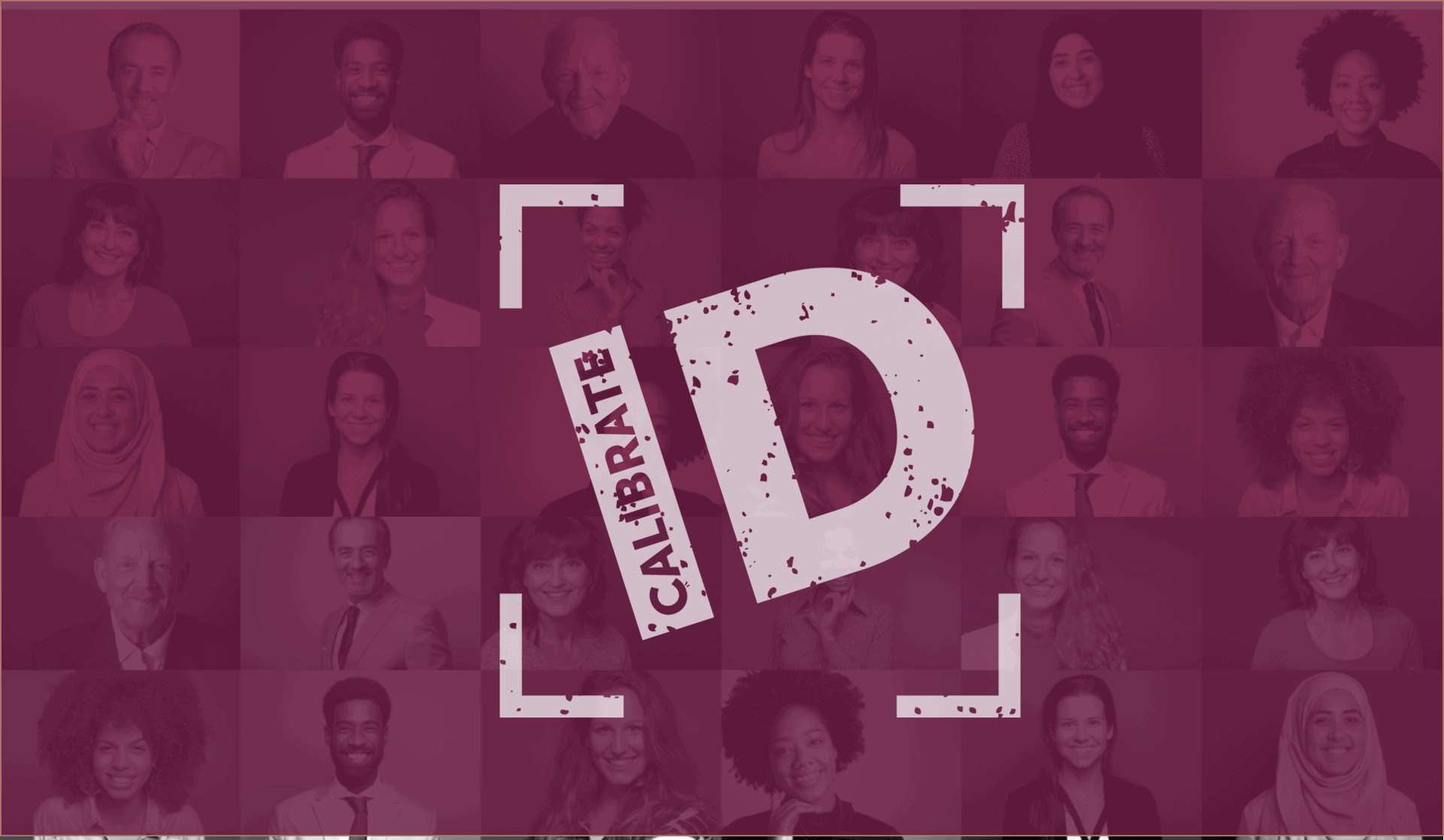 “We should look like the communities where we work”… Law firms are starting to understand not just the moral imperative of treating their business professionals as equals, but the business and financial advantages of doing so as well.
“We should look like the communities where we work”… Law firms are starting to understand not just the moral imperative of treating their business professionals as equals, but the business and financial advantages of doing so as well.
Two Am Law 200 firms, Thompson & Knight and Husch Blackwell, have signed on to a program called Calibrate ID, created by legal consulting and business services recruiting firm Calibrate, with the hopes of better understanding how they can increase not only the diversity and inclusiveness of the firm as it relates to its attorneys, but the 50% of their employees who are not.
With the reinvigoration of D&I efforts fueled by social and racial justice protests that started over the summer and continue today, the momentum is there for firms to start looking beyond focusing solely on affinity groups, inclusion efforts and recruiting diverse candidates in their attorney ranks, but also for the business staff that make running a law firm possible.
“We have had some success, but not to the level we want to see,” said Paul Eberle, Milwaukee-based CEO of Husch Blackwell. “It’s pretty straightforward to me: Law firms are made up of 50% non-attorneys. Making better business decisions because you have a more diverse workforce is obvious and critical.”
Much has been written about the rising importance of business professionals in law firms, from client teams with business development professionals cueing up new business to the increased importance of developing solutions for clients, not simply understanding applicable law.
But when it comes to supporting the personnel at the firm, most firms have focused their development, promotional tracks and inclusivity efforts on their revenue-generating attorneys.
“We have a diversity and inclusion plan, like most firms,” said Mark Sloan, Dallas-based managing partner at Thompson & Knight. “And I thought about why we weren’t looking at our whole population. I think part of it is it is so hyper-competitive these days, and everyone is focused on retaining their legal talent. It isn’t because firms don’t want to [focus on staff].”
That lack of focus has consequences when it comes to both attracting and retaining business talent that can be crucial to the success of law firms, which are increasingly reliant on them for efforts around social media, billing, business development and marketing, to name a few.
This is particularly pertinent for diversity and inclusion efforts, as staff tend to have a much higher percentage of their ranks identified as female or minority compared to the attorney population.
Jennifer Johnson, founder and CEO of Calibrate, said she was examining the job postings and potential career tracks for various business positions within law firms, and noticed that, well, there wasn’t a whole lot offered.
“Promotional opportunities, training … there wasn’t a whole lot of either,” Johnson said. “No training, no development. The staff is lucky to get pivot table training.”
She also found that many of the softer development and career path vehicles, such as affinity groups, alumni networks and resources groups, were almost always focused on attorneys.
“There is a business case for including them [staff] in those efforts,” she said. “The staff at the firm could be in a position to refer business one day.”
As the country as a whole becomes more diverse, the current and future leaders of businesses are going to look more and more like the population that makes up that workforce, and, increasingly, that isn’t white males.
The Calibrate ID initiative aims to give those firms that sign on data that can let them know what their existing baseline is with regard to diversity in their staff and map that against where they want to be.
“The program gets self-identified information from the staff,” Johnson said. “We then analyze it and give them a scorecard. They can then huddle and see what they can do about it.”
But getting firms, even those who recognize the importance of diversity in their overall ranks, to participate has been tricky, Johnson said.
“I have received a lot of resistance,” Johnson said. “For one, D&I professionals are overwhelmed. They can’t possibly have the time to look at the staff side. And then, firms know if they are going to do this right, they are going to need to invest in development and training.”
But she said companies that retain law firms are looking more closely at the makeup of the firms they use, and expects that to continue full steam ahead in 2021.
Eberle said he understands the need for increasing the diversity in the firm’s overall population, and while it is a “moral and justice imperative,” there are a lot of reasons firms should be doing this or something similar.
“We believe, and the data and the science out there validates it, that companies in the business world do better when they are more diverse,” he said. “We are in 22 geographies right now, and ultimately, we should look like the communities where we work.”







